Gospel music is a type of American music drawn from Christian worship that developed in the United States. Gospel music features strong vocals and rich harmonies. It may be performed by one singer, a small group, or a large choir. Gospel music has influenced many types of American popular music, especially country, rhythm and blues, rock ‘n’ roll, and soul. Several major types of gospel music have developed in the United States, basically along racial lines. These include Black gospel, Southern gospel, and contemporary Christian music. This article chiefly discusses Black gospel music.
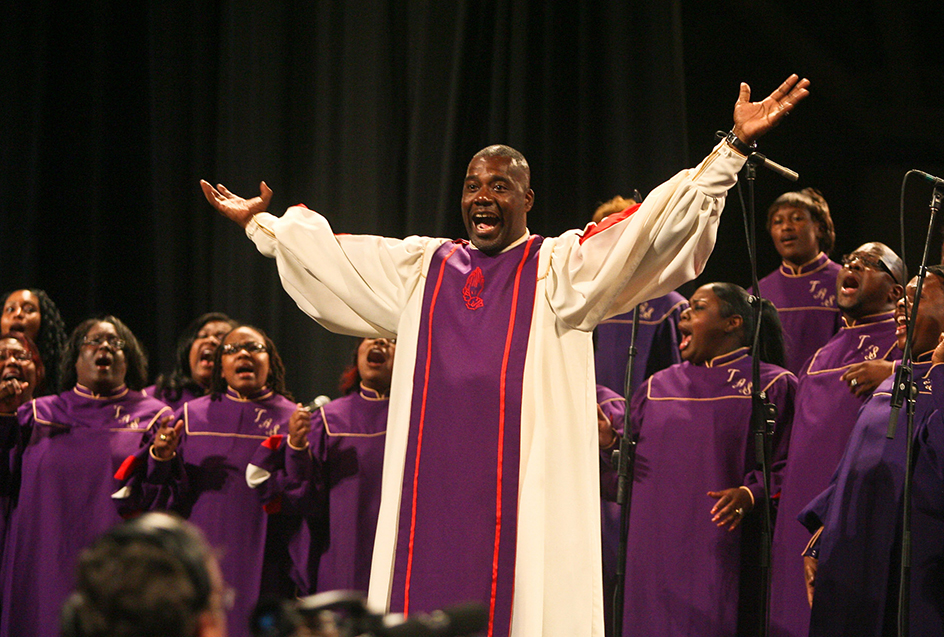
Although gospel music as it is known today developed in the 1900’s, the roots of African American music reach back to the time of slavery. Beginning in the 1600’s, enslaved Black Africans were transported to the American Colonies. They brought their music traditions with them. The enslaved people also learned Christian psalms and hymns, such as those composed by the English clergyman Isaac Watts. The first hymnal designed for use by Black congregations was published in 1801.
Loading the player...Amazing Grace
Black gospel music developed from the spirituals (religious songs) and work songs sung by enslaved Southern people during the 1700’s and 1800’s. Many scholars believe that spirituals are based on African music forms, accompanied by Christian words. The enslaved people created songs that combined African and European traditions. Some of these songs follow the call and response pattern. In this pattern, a leader sings a line and the group answers. The Fisk Jubilee Singers, a group of students from Fisk University, a Black university in Nashville, also spread the popularity of spirituals. The group toured widely, beginning in 1871. The earliest pregospel songs followed, with the publication of The Harp of Zion (1893), a hymnal adopted by Black Baptist churches.
In the 1920’s, Black gospel singers, many of whom were traveling preachers, began recording songs in a style that mixed religious lyrics with blues, jazz, and boogie-woogie. Boogie-woogie is a fast, blues-influenced style of jazz piano music. With the rise of the Pentecostal denomination in African American circles, drums and horns became common in many Black churches. See Pentecostal churches .
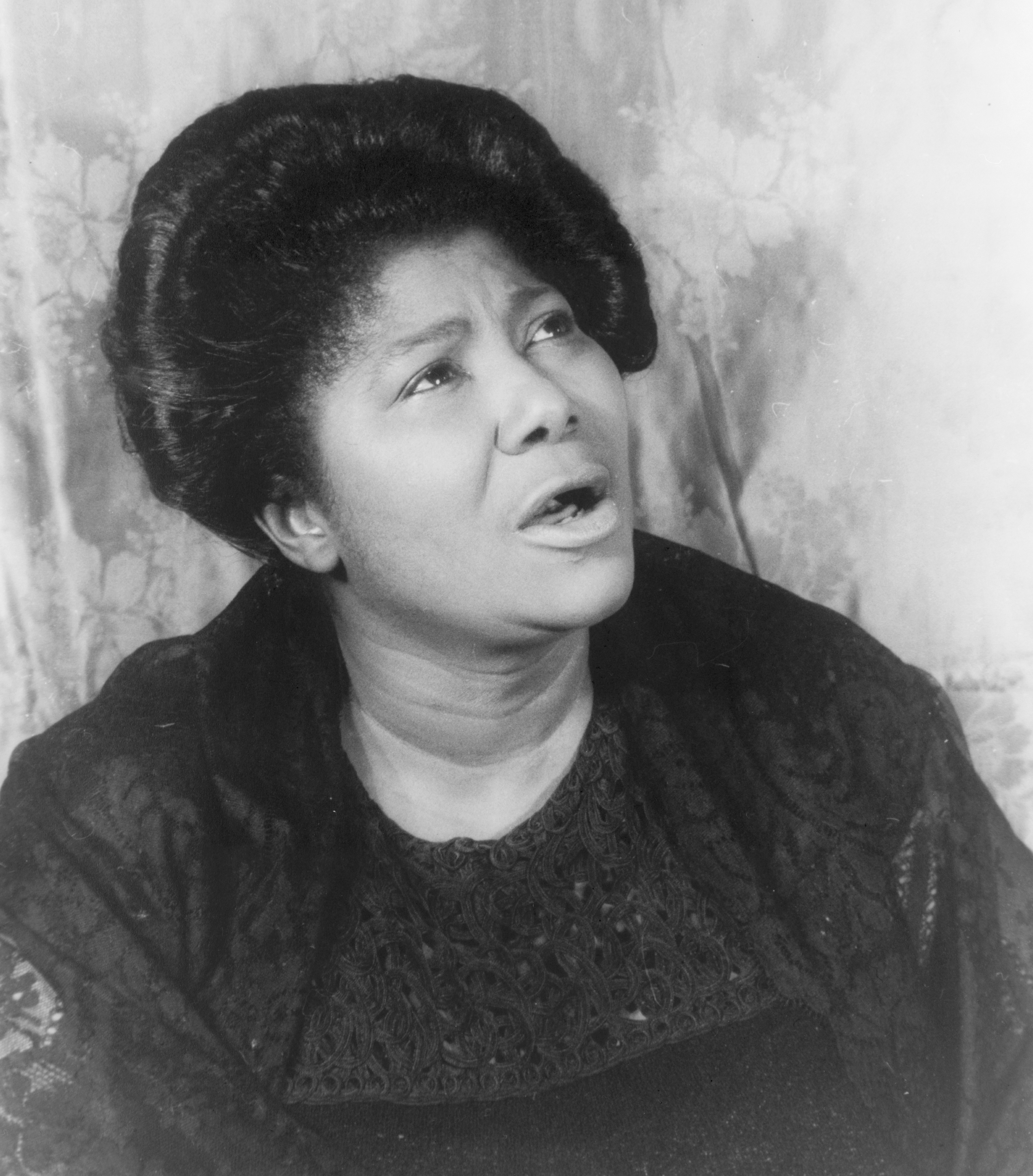
Thomas A. Dorsey is often called the father of gospel music. In the 1930’s, he helped pioneer blues-based sacred music. His most famous composition, “Take My Hand, Precious Lord” (1932), became a gospel standard. In the 1930’s and 1940’s, the Golden Gate Quartet helped popularize the Jubilee quartet style. This style featured close harmonies and a rhythmic blues and jazz beat. In the mid-1900’s, gospel groups produced a variety of innovations, including falsetto (unusually high male voice) singing, theatrical moves on stage, and distinctive costumes. Popular groups of this era included the Dixie Hummingbirds, the Five Blind Boys of Mississippi, the Soul Stirrers, the Swan Silvertones, and the Mighty Clouds of Joy.
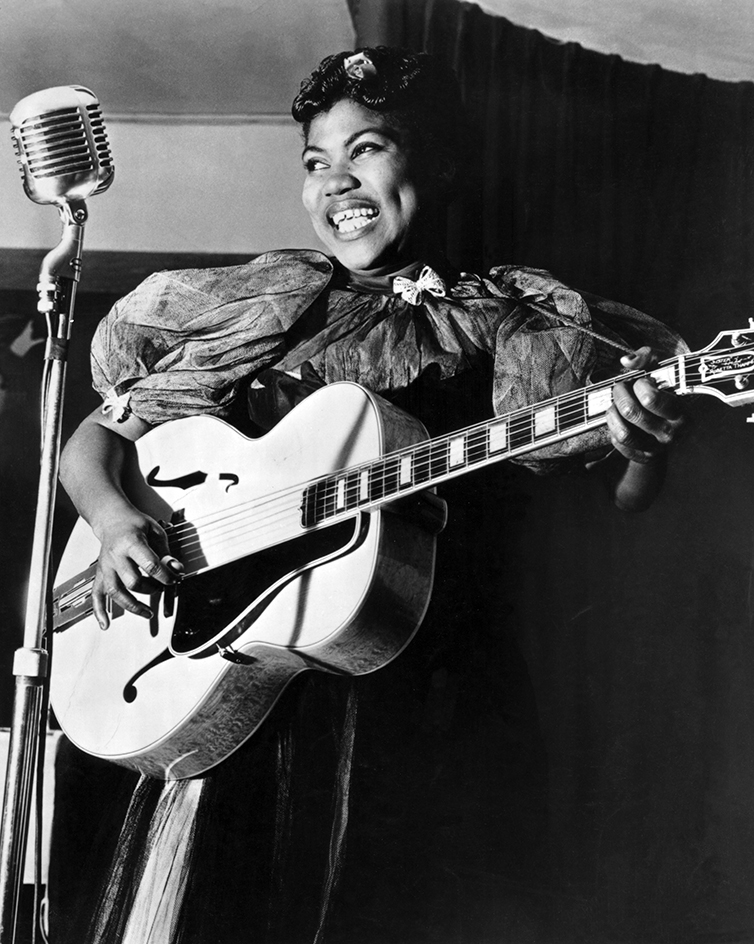
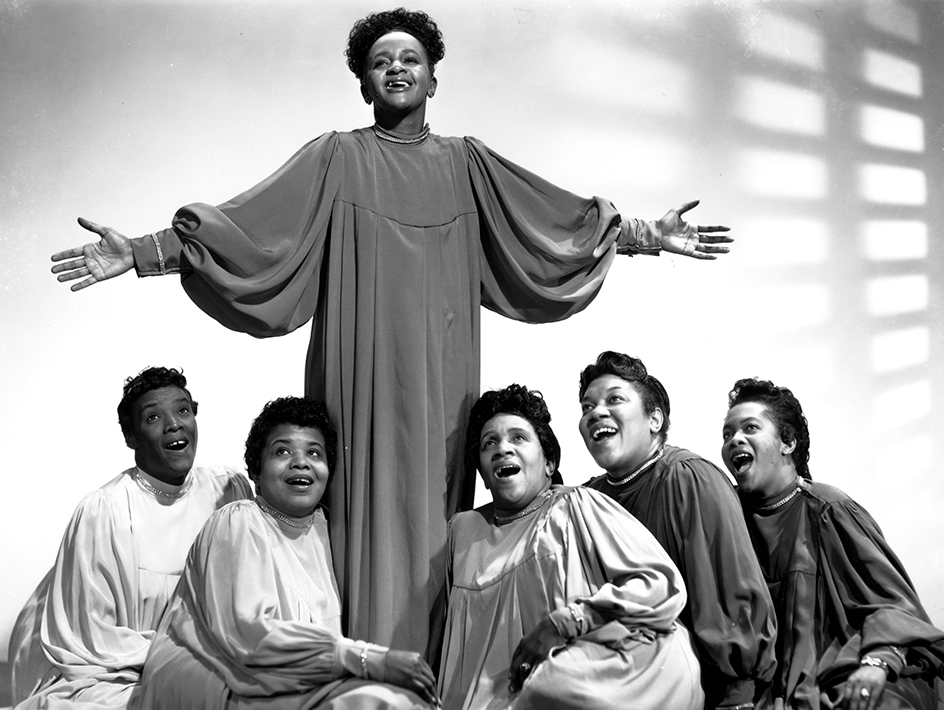
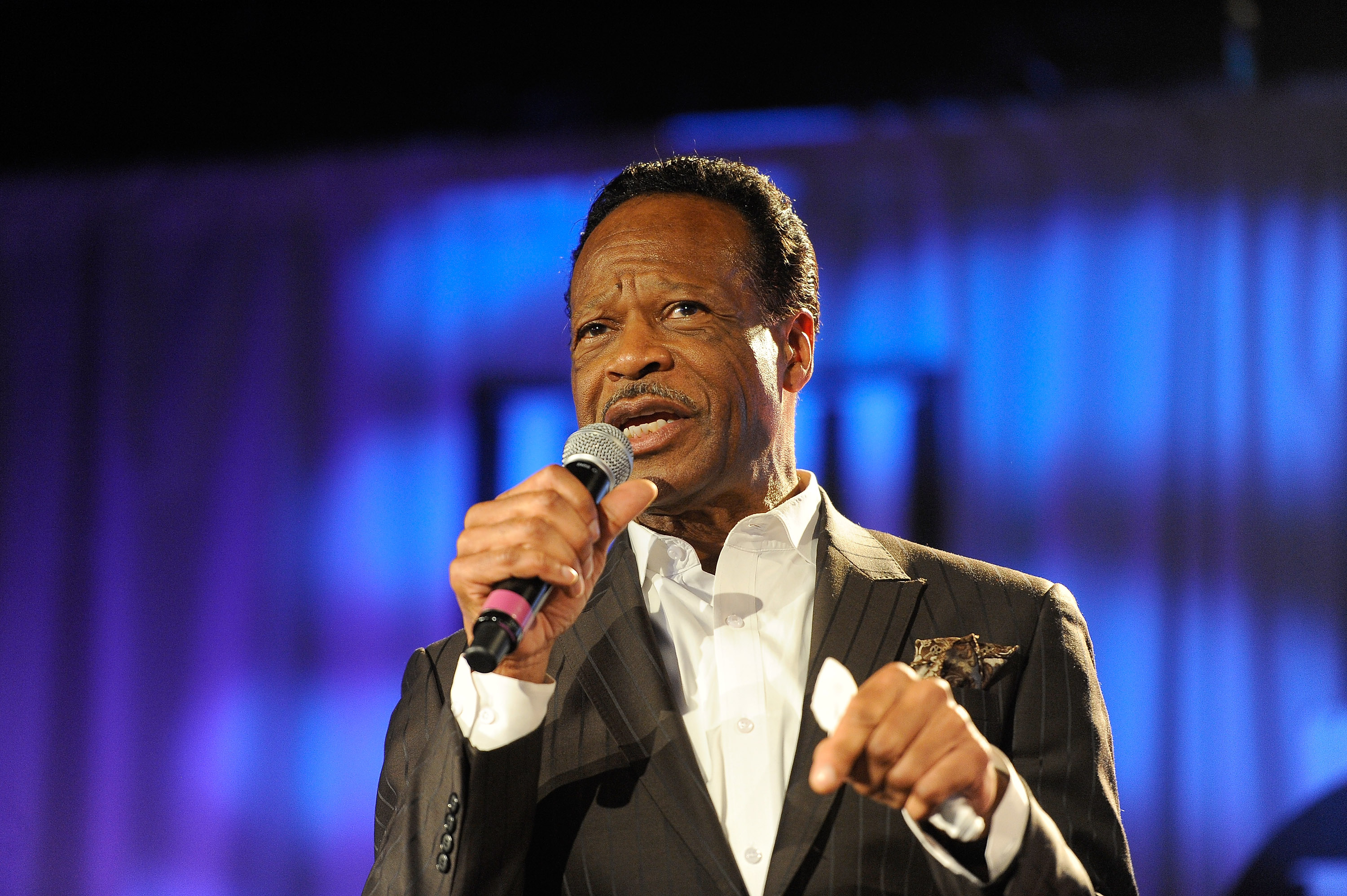
From about 1945 to the 1960’s, several female gospel singers achieved stardom. Among them were Mahalia Jackson, the most famous of all gospel singers, as well as Sister Rosetta Tharpe, Marion Williams, and Clara Ward. In the 1960’s and 1970’s, gospel groups such as the Staple Singers and the Edwin Hawkins Singers had hits on the popular music charts. Popular Black gospel performers today include Donnie McClurkin, Marvin Sapp, Tye Tribbett, and the Winans.
